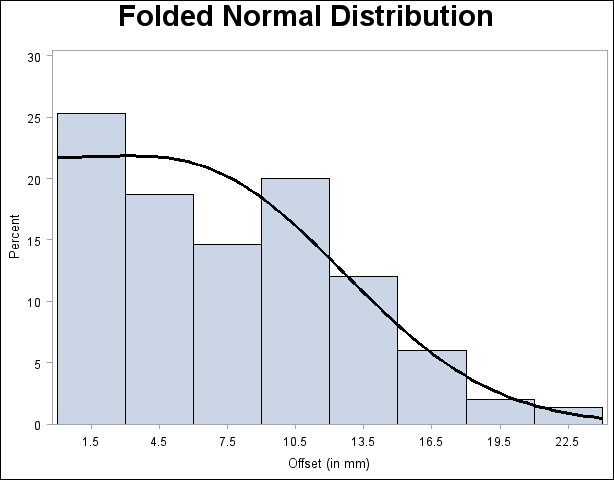|
|
Sponsored Content
Top Forums
UNIX for Dummies Questions & Answers
Histograms on Linux
Post 302658539 by jacobs.smith on Tuesday 19th of June 2012 11:54:04 AM
|
|
2 More Discussions You Might Find Interesting
1. Fedora
I just started a new semester and I started my UNIX class yesterday. I've already decided to use python along with my learning process but what I really want to use with it is Kali as my UNIX/Linux platform to learn off of since I already wanted to learn Cyber Sec. anyways. I just wanted to know if... (12 Replies)
Discussion started by: ApacheOmega
12 Replies
2. UNIX for Beginners Questions & Answers
Hello,
I am on a Mac and trying to clean up some monthly files with a very simple SED:
sed '3,10d;/<ACROSS>/,$d' input.txt > output.txt
(from the input, delete lines 3 - 10; then delete from the line containing <ACROSS> to the end of the file)
then output to output.txt
Even when I try... (2 Replies)
Discussion started by: verbatim
2 Replies
LEARN ABOUT DEBIAN
paps
PAPS(1) General Commands Manual PAPS(1) NAME
paps - UTF-8 to PostScript converter using Pango SYNOPSIS
paps [options] files... DESCRIPTION
paps reads a UTF-8 encoded file and generates a PostScript language rendering of the file. The rendering is done by creating outline curves through the pango ft2 backend. OPTIONS
These programs follow the usual GNU command line syntax, with long options starting with two dashes (`-'). A summary of options is included below. --landscape Landscape output. Default is portrait. --columns=cl Number of columns output. Default is 1. Please notice this option isn't related to the terminal length as in a "80 culums terminal". --font=desc Set the font description. Default is Monospace 12. --rtl Do right to left (RTL) layout. --paper ps Choose paper size. Known paper sizes are legal, letter and A4. Default is A4. Postscript points Each postscript point equals to 1/72 of an inch. 36 points are 1/2 of an inch. --bottom-margin=bm Set bottom margin. Default is 36 postscript points. --top-margin=tm Set top margin. Default is 36 postscript points. --left-margin=lm Set left margin. Default is 36 postscript points. --right-margin=rm Set right margin. Default is 36 postscript points. --gutter-width=gw Set gutter width. Default is 40 postscript points. --help Show summary of options. --header Draw page header for each page. --markup Interpret the text as pango markup. --lpi Set the lines per inch. This determines the line spacing. --cpi Set the characters per inch. This is an alternative method of specifying the font size. --stretch-chars Indicates that characters should be stretched in the y-direction to fill up their vertical space. This is similar to the texttops behaviour. AUTHOR
paps was written by Dov Grobgeld <dov.grobgeld@gmail.com>. This manual page was written by Lior Kaplan <kaplan@debian.org>, for the Debian project (but may be used by others). April 17, 2006 PAPS(1)

